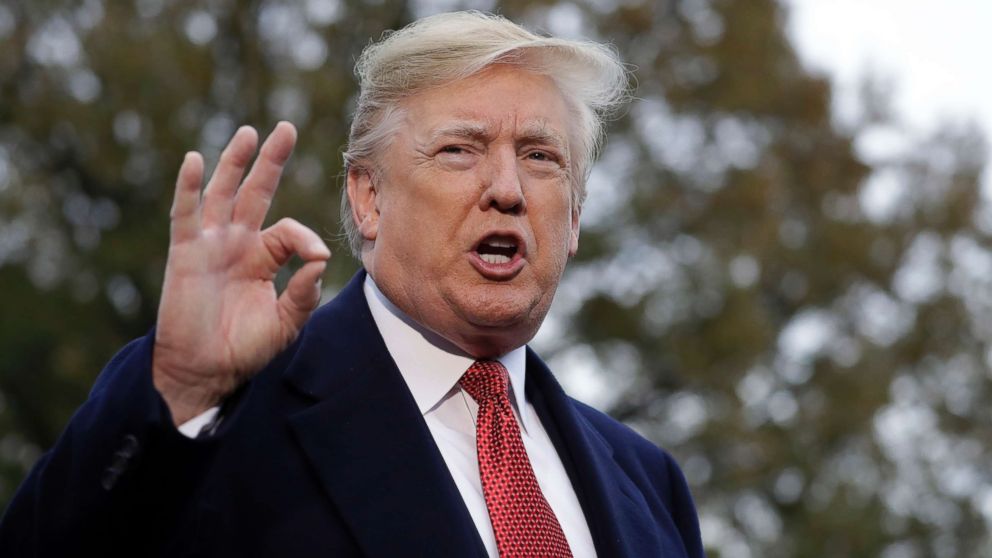
With far less fanfare than the tax cuts President Donald Trump signed into law in 2017, a series of tax hikes goes into effect today on thousands of everyday items imported from China.
A new tariff of 15% will be added to the cost of more than 40% of all consumer products imported from China on Sept. 1. That amounts to about $109 billion worth of annual imports, according to research firm Panjiva. On Dec.15, the 15% tariff will be assessed on another $155 billion worth of consumer goods from China. At that point, there will be new Trump tariffs on virtually everything imported from China.
Trump has already imposed 25% tariffs on about $250 billion worth of Chinese imports, but those are mostly component products consumers never see. Those tariffs have led to some price increases, with some importers also taking a hit through lower profits. In some cases, Chinese suppliers have lowered their own prices to offset the tariff. Importers have also begun seeking new suppliers outside China, to avoid the tax.
A $1,000 annual tax on the typical US household
The Sept. 1 tariffs would take about $16 billion out of Americans’ pockets over the course of a year, if Chinese import levels remain the same. Add in the Dec. 15 tariffs and the cost of the tax would rise to $40 billion. That’s not a huge hit in a $21 trillion economy, but it does add up. JPMorgan Chase estimates the tariffs already in place and scheduled to go into effect will cost the typical American household more than $1,000 per year.
The tariffs hitting today will apply to thousands of products sold at Walmart (WMT), Target (TGT), Best Buy (BBY), Home Depot (HD), Ikea, Amazon (AMZN) and other retailers. Here are some of the main product categories subject to the new tax, according to Panjiva:
Clothing and footwear such as sneakers, sweaters and baby clothes — $39 billion worth of annual imports
Electronics such TVs, monitors, and audio equipment — $24 billion
Machinery such as printers, desktop computers, hand tools, and air-conditioner parts — $15 billion
‘Would you buy a 100-year bond from Johnson and Johnson?’
Who in their right mind would commit to a coupon so low, and with a term so long that only a tiny proportion of young children alive today will live to see it? When rates go up — which of course they will, and at some point, significantly — your principal will be toast. And for sure, someone, the human (or robot), running the trust department at the Waxahachie Savings and Loan, might want to sell these bonds in 2093.
Let’s not forget that in 1981, the 30-year yield briefly rose above 15%, and get this, according to The New York Times, buyers turned their noses up at it! If investors had bought then, they would have not only locked into that ridiculously high yield, they would have luxuriated with capital gains for decades. Today we have the opposite. Investors are tripping over themselves to lock into even longer term bonds yielding less than 2%.
It is up to people to judge, as to whether this decision of tax increase is for the best interest of Americans or not





































































































































































































































































































































































































































































































































































































































































































































RSS